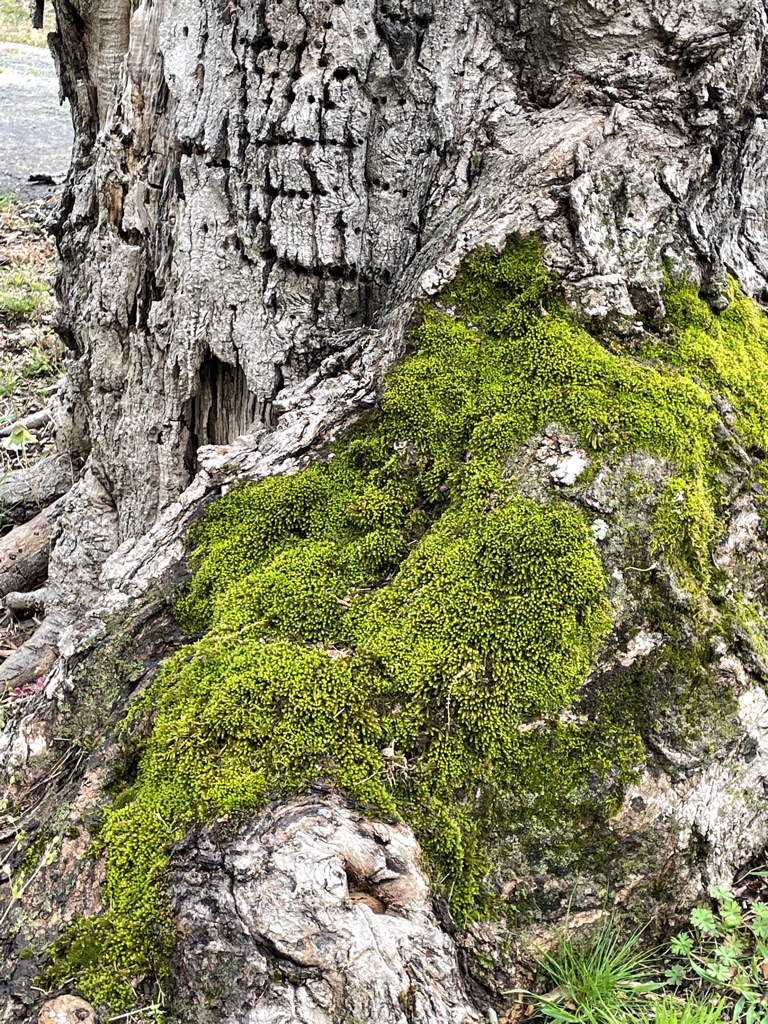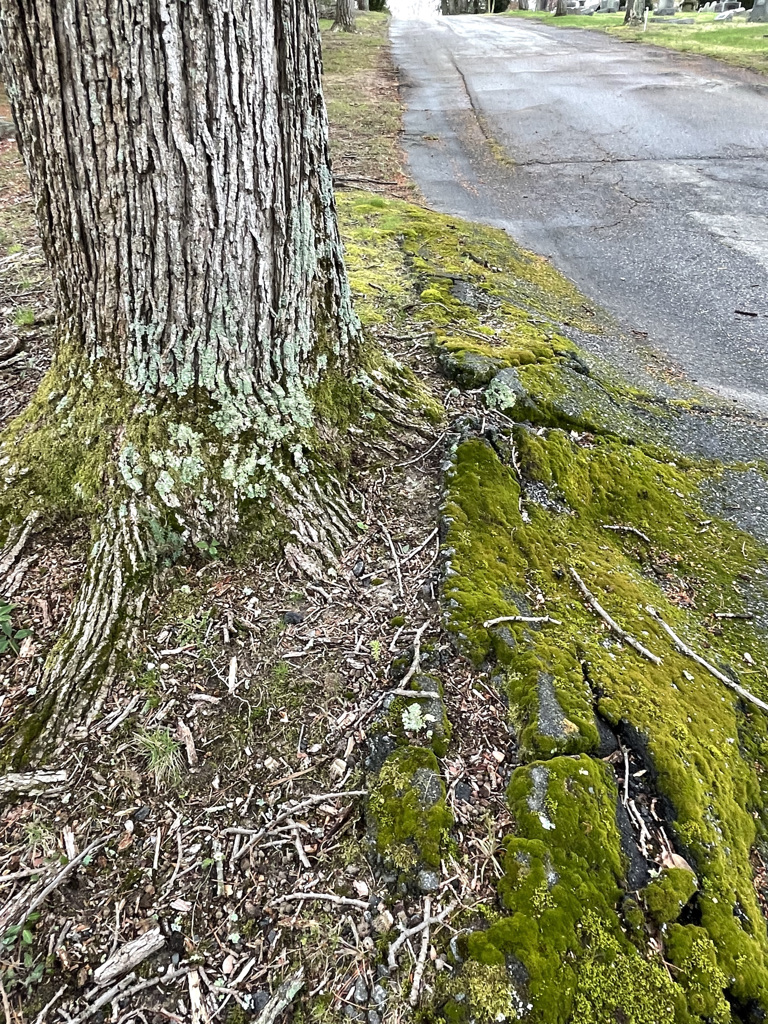I’ve been having trouble placing the 2 masks on the context I showed last week. Finally I’ve realized that the problem is that the masks didn’t want to be placed on the land, but wanted to emerge from the land.
I did a couple small samples to figure out how that could happen. The best way is to place, before felting, a resist under the top layer in the area where the mask will emerge. After felting, the area above the resist can be opened so the mask can go beneath the surface to rest on the separately-felted space below. Then parts of the separated surface layer can be needle-felted onto the mask so that it is an integral part of its context. In the case of my current making, the context has already been thoroughly felted — too late for that solution!
It is possible to simply cut out a mask-shaped hole, put in the mask, and needle-felt some more fibers like those in the surface layer to join the mask to its context. But that cutting of a hole seemed to violate the idea of “emergence” — and besides, in the current case, I don’t have enough of the context fiber left to do a good job of hiding the separation between mask & context.
So — for now — a pause on this piece……….
And — for future explorations/makings — some exciting new possibilities!
All this work has set me to thinking once again about “edges” and “boundaries,” about how things can be separate but also part of a whole, about Trickster the boundary-crosser, and about permeability & liminality.
I’ve thought about what the living world teaches us about Edges. The amazing diversity that exists at Edges — for example, the teeming life of intertidal zones or the cultural richness and cross-fertilization found at gatherings such as those along the Silk Road.
Fungi, lichen, and moss are all wonderful creatures of edges and transitional zones. Mosses fascinate me both with their beauty and with their special adaptions to the boundary layer between air & land. [Do read Robin Wall Kimmerer’s lovely book Gathering Moss for much, much more!]


I see this, and several similar areas, every day on one of my walks — a wonderful meditation on Edges & Emergence & the power of Community.
Tree roots pushing aside the asphalt. Lichens & mosses making homes both on the bark of that tree and on the asphalt it has broken. Together, the mosses begin to create new humus with nutrition for more forms of life. If there is no interference, the arbitrary asphalt will once again join the larger, living land.
In the Coyote story I told May 6, No Song lived at the extreme edges of his village. It was there that he met Coyote — the primordial Edge dweller, transformer, holder of liminal space — who gave him a Song. But when the newly-named Sings Wonderfully was pulled too much away from the Edges (where, for example, rituals dwell) and back into the center of cultural hustle-bustle and self-aggrandizement, Coyote took his Song away.
Edges & transitional zones can places of nourishment, growth, and inspiration.
“I think we could make a case that most of the world’s great religions, philosophies, artforms, even political systems and ideologies were initiated by marginal figures. There is a reason for that: sometimes you have to go to the edges to get some perspective on the turmoil at the heart of things. Doing so is not an abnegation of public responsibility: it is a form of it. In the old stories, people from the edges of things brought ideas and understandings from the forest back in to the kingdom which the kingdom could not generate by itself.”
— Martin Shaw, storyteller
I’ve been thinking about what Shaw’s words mean in terms of the stories and art and imagining we need now in these times of political/cultural & environmental upheaval……
…. Also wondering how often I really listen deeply to what the Earth is saying…
*******
If you’d like an exuberant reminder of how we can listen to Earth, here’s a joyful, rollicking song/chant & affirmation:

yes, edges. I like how they vibrate…
LikeLike
Yes — I like your verb “vibrate”!
LikeLike
In human terms, maybe rocking back and forth.
LikeLike
on
emerge from
so so much a difference of Experience….to be on to emerge from
LikeLike
On. Emerge From.
yes. so so much.
LikeLike
Edges cause us to go to the brink, peer over, and decide to take action or pull back. The problem for me, these days, comes from the simple fact that life, in this moment, feels like the edge is eroding and finding sure footing that allows us to act is so much harder. When so much is coming at us, so much beyond our ability to comprehend, to act upon, the byproduct can be numbness, paralysis. For me, that sense of paralysis, that numb feeling is one I try to understand and not let take over as I continue to peer over the edge and decide if I can make a difference…
LikeLike
You describe so well the feeling that I & many, many others have these days. The place where we stand IS eroding — culturally, politically, and, for so many beings, physically (fires, landslides, rising sea level, melting permafrost, etc.). I find even the change in seasonal weather deeply disorienting. Yesterday I barely avoided a bad fall when the loose surface beneath my feet shifted — and that’s sort of how just being alive feels right now! I have to keep reminding myself that change (even catastrophic change, like the supernova that helped create the Earth dynamic) is intrinsic to life and that edges can be fertile times & places with new possibilities. I just wish I found it easier to think beyond our immediate sense of human experience — to think about time like a tree or a mountain or like Earth herself…..
LikeLike